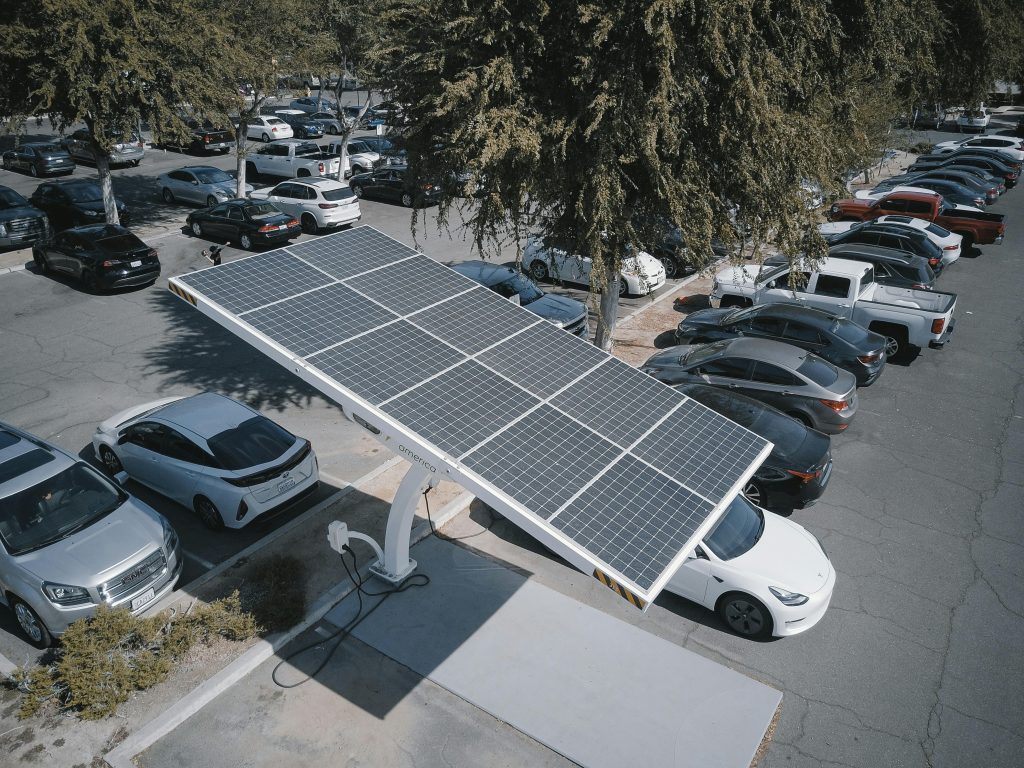Introduction
The world is evolving faster than ever—technologically, environmentally, and socially. From smart homes and sustainable energy to remote work and AI integration, the way we live, work, and connect is undergoing a radical transformation. To thrive in this new landscape, individuals, households, and communities need to adopt a mindset of adaptability, innovation, and long-term thinking.
At Evolvia.com.au, we believe that “future living” isn’t just about embracing new gadgets—it’s about creating a lifestyle that’s intelligent, sustainable, resilient, and human-centred. In this guide, we’ll explore top tips for success in future living, offering practical advice to help you stay ahead, live smarter, and shape a better future.
1. Adopt Smart Technology With Purpose
Smart living starts with intentional tech adoption—not simply filling your home with the latest devices, but choosing solutions that improve daily life.
Areas to focus on:
- Smart home systems: Automate lighting, climate control, and security
- Voice assistants: Simplify routine tasks and home control
- Energy monitors: Track usage to reduce waste and bills
- IoT devices: From smart fridges to connected irrigation systems
Tip: Look for platforms that integrate (e.g., Google Home, Apple HomeKit, Alexa) to create a seamless ecosystem.
2. Design Your Life Around Sustainability
Future living is deeply tied to the environment. Sustainable choices today shape the world of tomorrow.
Sustainable living practices:
- Install solar panels or switch to a green energy provider
- Use greywater and rainwater harvesting for irrigation
- Opt for energy-efficient appliances (look for the Energy Rating Label)
- Minimise single-use plastics and embrace circular consumption
Bonus: Try composting, reducing food waste, and using eco-friendly materials in renovations or new builds.
3. Create Adaptive Work and Learning Environments
The rise of remote work, digital learning, and the gig economy requires more flexible living spaces and mindsets.

How to future-proof your space:
- Set up a home office with ergonomics, privacy, and reliable internet
- Use digital productivity tools (Notion, Zoom, Slack, Trello)
- Designate quiet zones for deep focus or study
- Consider multi-functional furniture for small spaces
Future tip: As hybrid work becomes the norm, invest in soundproofing or modular room dividers to adapt quickly.
4. Strengthen Digital Literacy and Cybersecurity
Digital living comes with responsibility. As smart homes and connected devices grow, so does the importance of cybersecurity.
Best practices:
- Use strong, unique passwords and enable two-factor authentication
- Secure your Wi-Fi network and update firmware regularly
- Be cautious with data-sharing and app permissions
- Educate household members on phishing and online privacy
Did you know? Many smart devices can be hacked if left with default settings—change them during setup.
5. Plan for Energy Independence and Resilience
Climate change, power disruptions, and resource constraints make self-sufficiency a growing priority.

Smart resilience upgrades:
- Battery storage systems for solar energy
- Home backup power solutions (e.g., solar generators or Tesla Powerwall)
- Water purification and storage for emergencies
- Edible gardens for fresh produce at home
Tip: Invest in systems that provide value now and protection for the future.
6. Live With Data, Not Just Devices
Modern living is increasingly data-driven. Understanding and using personal and household data can lead to more efficient and informed decisions.
Practical ways to leverage data:
- Use apps to monitor energy usage, sleep quality, and air quality
- Track health metrics via wearables or smart scales
- Monitor smart thermostats and lighting usage for pattern insights
Insight: Data empowers more sustainable and cost-effective choices—when used mindfully and ethically.
7. Reimagine Community and Connectivity
Future living isn’t just about the individual—it’s about rebuilding community in a more digital, dispersed world.
Community trends to embrace:
- Join or start local sustainability or tech interest groups
- Engage with neighbourhood sharing platforms (e.g., Buy Nothing, Nextdoor)
- Support local businesses using delivery tech and digital marketplaces
- Explore co-living or smart apartment communities for urban connection
Human factor: Tech should enhance, not replace, real human connection.
8. Embrace Lifelong Learning and Adaptability
As technology and lifestyles evolve, so should you. Lifelong learning is a key to staying empowered and relevant in the future.
Learning tips:
- Subscribe to online learning platforms (Coursera, edX, Skillshare)
- Attend virtual events or webinars in future-facing fields
- Encourage skill-sharing in your household
- Stay curious and open to change—embrace experimentation
Quote to remember: “The illiterate of the 21st century won’t be those who can’t read, but those who can’t learn, unlearn, and relearn.” – Alvin Toffler
Real-Life Example: Smart Sustainable Living in Brisbane
Family: The Watsons, a family of four in suburban Brisbane

Steps taken:
- Installed a 6.6kW solar system and battery storage
- Adopted smart lighting and climate control to reduce power use
- Grew their own herbs and vegetables in a vertical garden
- Used a digital platform to track home energy and water use
- Homeschooled using a custom digital learning dashboard
Outcome:
- Lower energy bills by 60%
- Reduced household waste by 70%
- Created a healthier, more connected family lifestyle
Conclusion
Success in future living doesn’t come from chasing trends—it comes from making thoughtful, forward-thinking decisions today. By blending technology with sustainability, comfort with resilience, and innovation with purpose, you can build a lifestyle that not only keeps up with change but thrives in it.
Start with one or two changes. Upgrade your systems, rethink your space, or adopt smarter habits. With each step, you’ll be designing a future-ready life—one that’s adaptable, conscious, and deeply rewarding.


